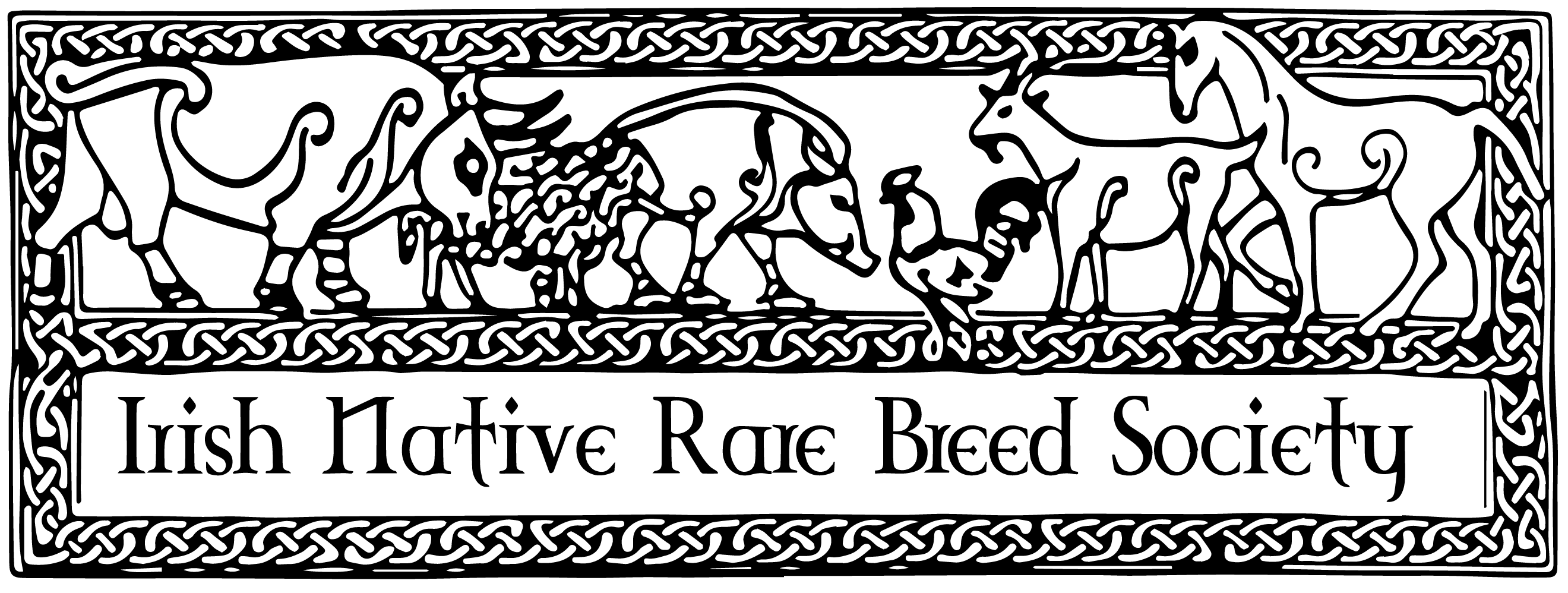Transportation and Movement of Farm Animals
Transportation of Live Animals in Ireland
In order to improve the welfare standards for farm animals during transportation in Ireland and throughout the European Union, regulations were introduced in 2007.
These regulations only apply to the transport of animals in connection with an economic activity, therefore the rules do not apply to farm animals being transported to and from a vet or to and from a show.
Farmers can transport their own animals in their own vehicle up to a distance of 65 km, however they must observe the General Conditions for the transport of animals.
If a farmer regularly transports animals over 65 km they should seek guidance from the DAFM, they may require authorisation depending on the circumstances. The DAFM will advise him/her what training is necessary before authorisation is granted.
Commercial transporters transporting animals up to a maximum distance of 65 km are not required to be authorised or to undergo training. However, they are required to carry documentation in their vehicle stating:
- The origin and ownership of the animals
- The place of departure
- The date and time of departure
- The intended place of destination and the expected duration of the journey.
A commercial transporter who is transporting animals in relation to an economic activity over 65 km is required to be authorised by the DAFM. The are two types of authorisation available:
Type 1
Authorisation covers journeys over 65 km (short journeys) to a maximum duration of 8 hours (transports undertaken within the island of Ireland)
Type 2
Authorisation covers journeys over 8 hours (long journeys – transport from Ireland).
More information on the authorisation process for commercial transporters can be found at https://www.agriculture.gov.ie/animaltransport
Rules applying to Movement of Cattle and Sheep for grazing on a Temporary Basis
In order to move livestock from one holding to another for grazing on a temporary basis (less than 3 months) where no sale or purchase has taken place there are procedures in place that should be taken in advance of movement in order to adhere to the Nitrates Regulations. The various examples are outlined briefly below:
If a farmer is temporarily moving cattle:
- Onto a holding where there are cattle already present then this must be carried out using the AIM system by completing the NBAS31A form. This also applies to B and B arrangements.
- Onto a holding where there are no cattle then a record 4 form must be completed and submitted to the DAFM.
If a farmer is temporarily moving sheep:
- Onto a holding where there are other livestock (cattle and/or sheep) then this movement must be notified to the DAFM using normal identification procedures.
- Onto a holding where there are no cattle or sheep then a Record 4 form must be completed and submitted to the DAFM.
Further information and copies of the forms can be obtained from: https://www.agriculture.gov.ie/ruralenvironmentsustainability/environmentalobligations/nitrates/nitratesrecords
Rental and Grazing Agreements
If a farmer is farming or grazing land that is not declared on his/her Basic Payment Scheme application a record 5 form should be completed and submitted to the DAFM. The record 5 form is a rental agreement between two parties and provides details to the DAFM on the period of the rental agreement, the location of the land, the names and details of the landowner and land user, and their witnessed signatures. The landowner does not require a herd number but information on the location of the land is necessary.
Further information and copies of the forms can be obtained from https://www.agriculture.gov.ie/ruralenvironmentsustainability/environmentalobligations/nitrates/nitratesrecords
